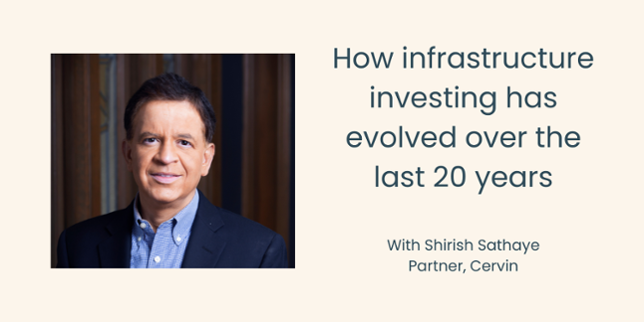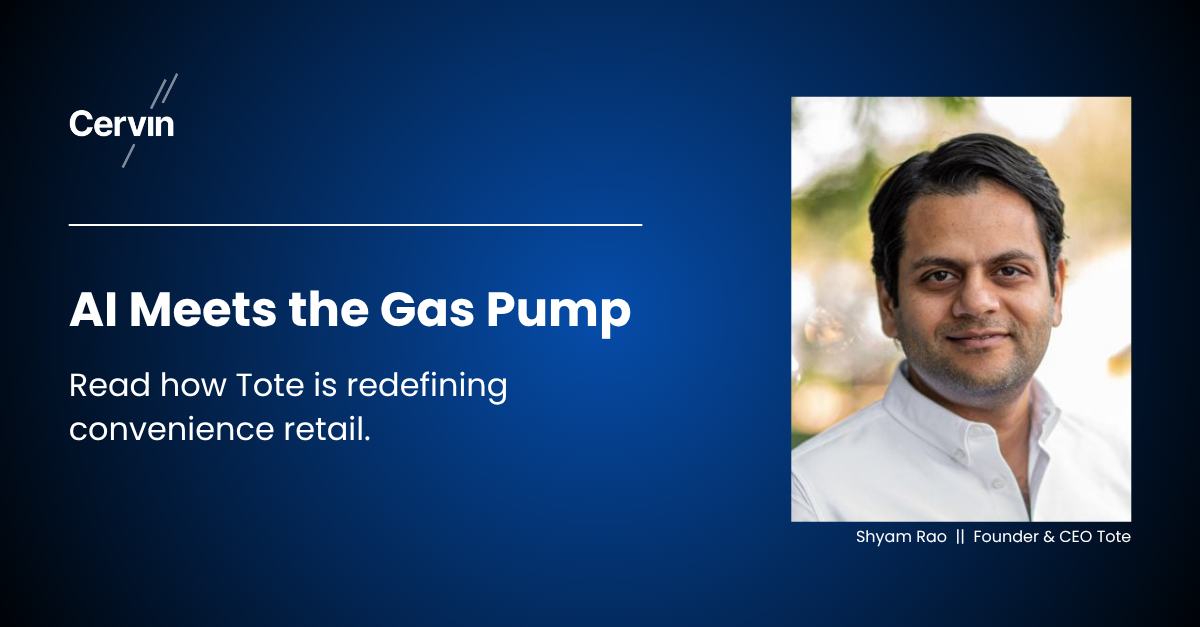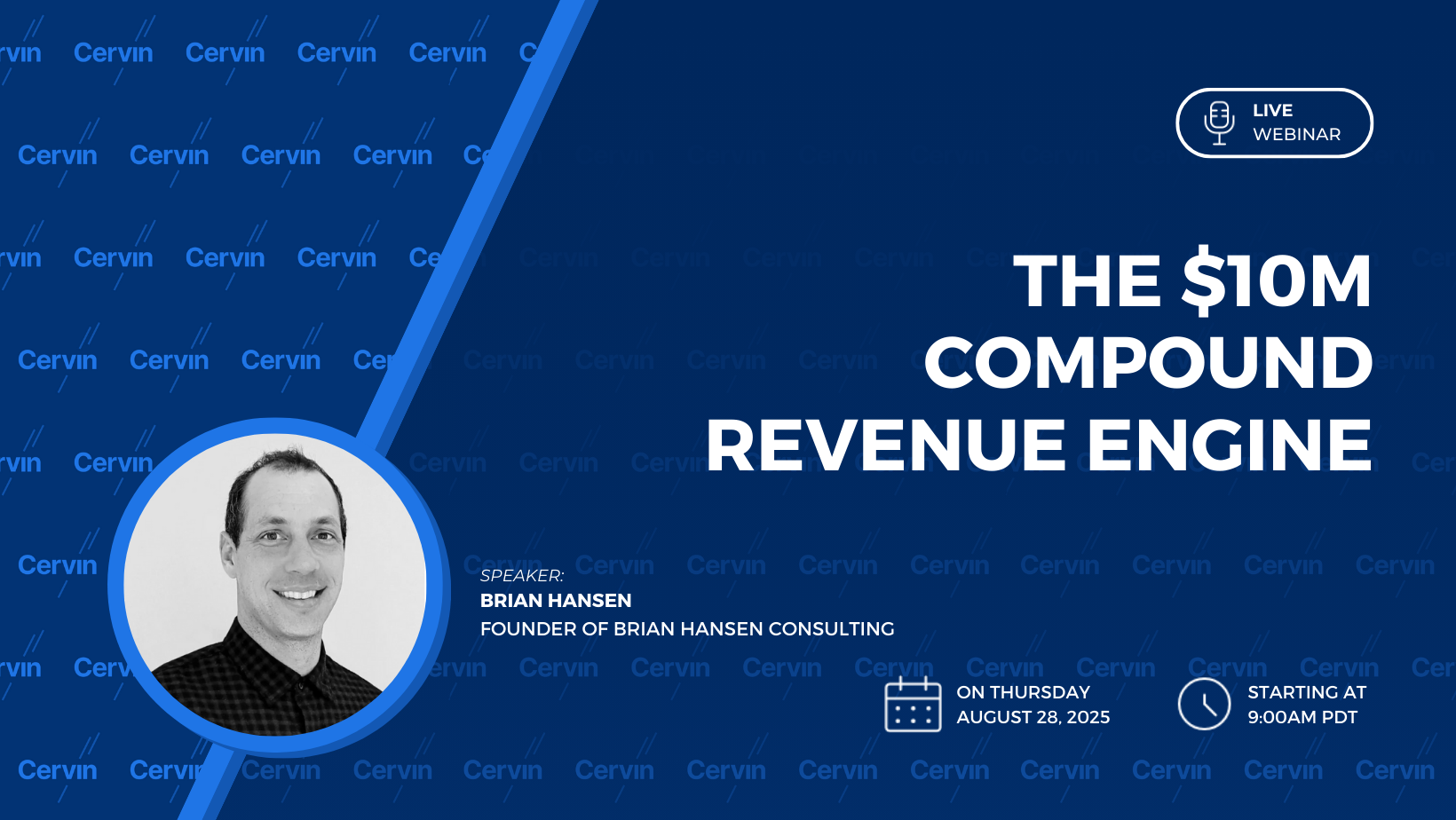How did you get started in infrastructure investing?
I started my working life as an engineer, first as an individual contributor for many years, and then subsequently moved to engineering management, and ended up as the VP of Engineering and Chief Technology Officer. While I did start working for a few years at a large company, I subsequently worked at two small companies as their VP of Engineering and Chief Technology Officer. Both these companies luckily for me, became large companies and went public and multibillion dollar IPOs and were subsequently acquired for multiples of billions of dollars. So naturally, when I switched careers, and went into investing, I started investing in infrastructure companies. Initially, networking companies, but then into storage and data analytics and database companies, and so forth.
What was the space like when you first started investing and how has it changed over time?
Investing in infrastructure companies used to be - invest in companies building special purpose hardware, running specialized software to solve specific problems, now it has completely transformed into software running on standard computers solving a particular problem. And that software could either be open source software, or commercially developed software by the company we invest in. So there's been a change in the way we invest in infrastructure companies. In fact, the entire IT infrastructure is being replaced from old style companies, writing packaged software to brand new companies selling software as a service to the same Enterprises for solving either the same problems or very similar, more modern problems. So there's been lots of changes in infrastructure investing in the last 20 years.
What do you see as the biggest trends in the space right now?
There's quite a few trends that we are focused on. The first trend is cybersecurity. As we know, companies are getting hacked increasingly. And every time you open the newspaper, you read about one more company having to pay a ransom. So whether it is ransomware, whether it is stealing data from organizations or stealing personally important data from the customers. Hackers are everywhere, and they're getting smarter. So cybersecurity remains a very exciting area of investment. And I don't see that slowing down in the foreseeable future. The second big area that we like is open source, specifically companies built around open source. And in the old days, software used to be written by large behemoths like IBM, Oracle, and Microsoft, and sold commercially. Now, software is being written by web scale companies like Facebook, LinkedIn, and Google, and then put into open source. However, this open source software doesn't solve all the problems, and doesn't provide all of the performance guarantees that enterprises need. So there is an opportunity to build a company around it. Whether it is companies like Privacera, built on top of Apache Ranger or Confluent, which is on top of Kafka, or Databricks built on top of Spark, this is a huge opportunity for investors to find open source software that is being widely deployed. And then build companies around it. The third area that we love is DevOps tools where you create and develop tool companies that make DevOps engineers be more efficient and better at what they do. And finally, and this is an area that I'm particularly excited about, is the penetration of artificial intelligence and machine learning and deep learning across all enterprises. These are the four areas that I'm super excited about going forward.
Where do you see things going in the future?
It's an exciting time for IT investing. For example, I'm waiting for companies that we can invest in that are built around virtual reality and augmented reality. So things like enterprise applications of virtual reality, and augmented reality, to be really interesting. However, for this field to take off, we need better and less clunky user devices than the ones on the market right now. I think they're coming. Very soon, you will see devices that look much sleeker and have much longer battery life than what we have today. But however, to make it all work, we need very fast networks like 5G that devices can interact with in a low latency real time way. For all that is coming. So I see virtual reality, augmented reality companies and applications of those technologies to enterprises as a big area of investment. The second area that will come to all these driverless cars, and electric cars. And while obviously, there's a big push now towards these two trends, easily become mainstream in the next 5 to 10 years, and an entire ecosystem of companies will have to wait around driverless cars and autonomous vehicles and electric cars, to support them, service them and manage them. And we are looking forward to investing in these areas. Finally, I think quantum computing is an area that will emerge as a mainstream area in the next 10 years. And we are looking forward to investing in software companies that write software to run on top of quantum computing. Also, as quantum computing becomes real, it is capable of breaking the strongest encryption algorithms for security. So companies are already working on quantum resistant encryption technologies and we look forward to investing in. I'll close by saying that investing in enterprise software companies to solve emerging customer problems is going to remain an exciting area of investment for the foreseeable future.






